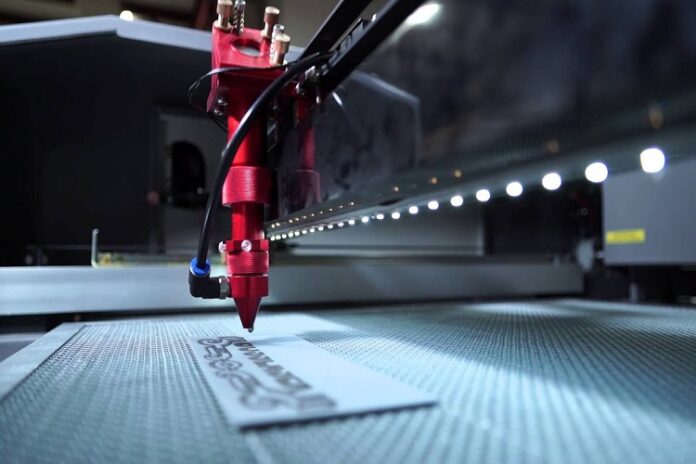Leather has always been a popular material for accessories, clothing, and footwear, but now it is also becoming increasingly popular for personalized gifts and products. Laser engraving technology has made it easier than ever to create unique and intricate designs on leather surfaces. If you are considering using a leather laser engraver, here are some tips to help you get started.
Firstly, it is important to choose the right type of leather for your project. Not all types of leather are suitable for laser engraving, and some may produce better results than others. Full-grain and top-grain leathers are generally the best options for laser engraving, as they have a smooth surface and can produce crisp and clear designs. Suede and nubuck leathers, on the other hand, may not work as well due to their rough and porous texture.
Secondly, it is important to prepare the leather surface before engraving. The leather should be cleaned and conditioned to remove any dirt, oil, or other residues that may interfere with the engraving process. It is also recommended to mask off the areas that you do not want to engrave, such as the edges or stitching, to ensure a clean and precise design.
Thirdly, it is important to choose the right settings for your laser engraving machine. The settings may vary depending on the type of leather and the design you are engraving. Generally, a lower power and higher speed setting is recommended for leather engraving, as this can prevent burning and scorching on the surface. It is also important to test the settings on a small area of the leather before engraving the entire design, to ensure that the settings are correct.
Fourthly, it is important to consider the design and layout of your engraving. Leather Laser Engraving can create intricate and detailed designs, but it is important to keep in mind the limitations of the technology. Small, thin lines or small text may not be visible or legible on leather surfaces, so it is important to choose a design that is suitable for the size and texture of the leather.
Finally, it is important to finish the leather after engraving. Laser engraving can sometimes leave a residue or discoloration on the surface, so it is recommended to clean and condition the leather again after engraving. This can help to restore the natural shine and texture of the leather, and also protect it from future damage.
In conclusion, laser engraving technology has made it easier than ever to create unique and personalized designs on leather surfaces. By following these tips, you can ensure that your leather engraving project is a success. Remember to choose the right type of leather, prepare the surface, choose the right settings, consider the design and layout, and finish the leather after engraving. With these tips in mind, you can create beautiful and long-lasting designs on leather that are sure to impress.




